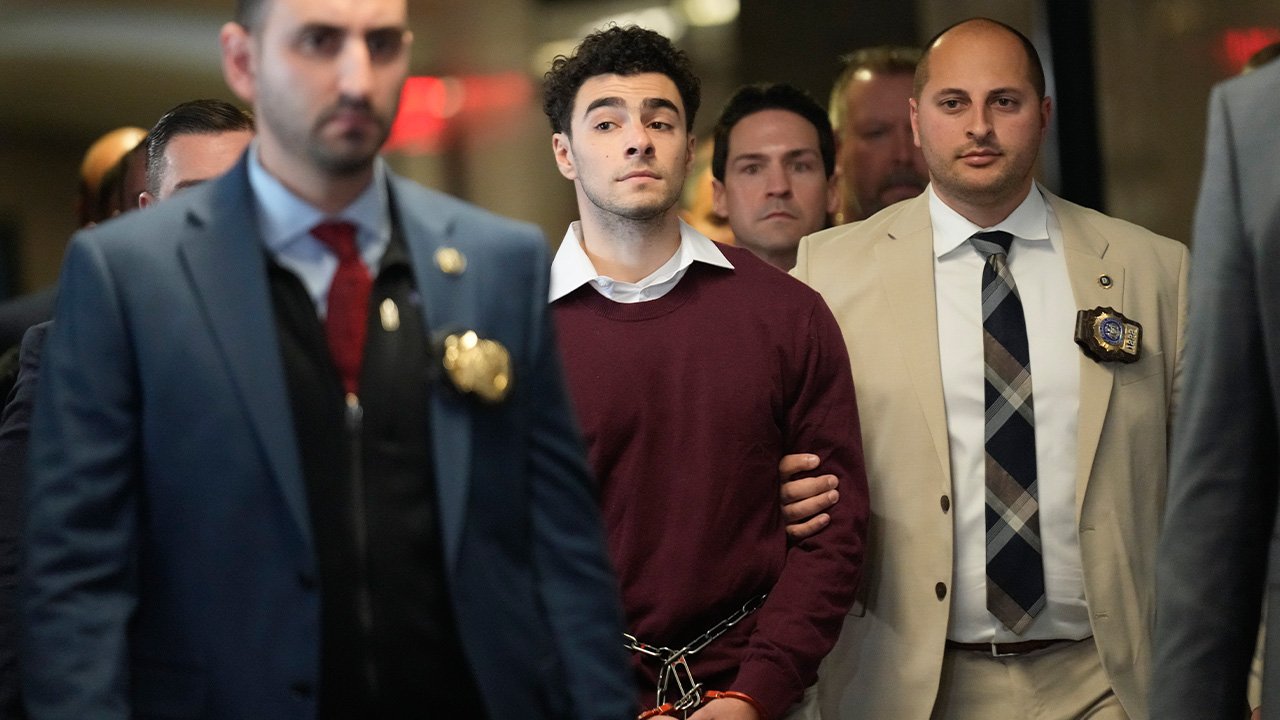Luigi Mangione, the 26-year-old Ivy League graduate accused of the brazen murder of UnitedHealthcare CEO Brian Thompson, stood in a New York courtroom on Monday, pleading not guilty to a staggering array of state charges. These include first-degree murder, second-degree murder as a crime of terrorism, and several weapons-related offenses. The case has captivated public attention, raising questions about corporate power, mental health, and the implications of symbolic violence.
The Accusations: A High-Profile Crime in Midtown Manhattan
The allegations against Mangione are severe. Prosecutors assert that he meticulously planned the assassination, shooting Thompson on a bustling Midtown Manhattan sidewalk last month as the CEO approached the Hilton hotel for an investor conference. The weapon allegedly used—a 3D-printed pistol equipped with a silencer—was recovered during Mangione’s arrest days later in Pennsylvania. Forensic evidence, including fingerprints and surveillance footage, has bolstered the case against him.
Investigators also unearthed a diary belonging to Mangione, revealing a deep-seated distrust of corporate America and the health insurance industry. In one entry, dated August 15, he wrote, “The details are finally coming together,” signaling premeditation. Authorities claim Mangione viewed the killing as a symbolic act against what he saw as systemic corporate greed.
Legal Proceedings: A Battle on Two Fronts
Mangione faces parallel legal battles at both state and federal levels. While New York state charges carry a potential life sentence without parole, federal charges, including murder through the use of a firearm and stalking, could lead to the death penalty. Coordination between the Manhattan District Attorney’s Office and federal prosecutors has been a complex endeavor, with state trials slated to proceed first.
Mangione’s legal team, led by attorney Karen Friedman Agnifilo, has raised concerns about his ability to receive a fair trial. Agnifilo criticized the high-profile nature of the case, including New York City Mayor Eric Adams‘ prominent involvement during Mangione’s extradition. Judge Gregory Carro assured the defense that the court would carefully vet jurors to ensure impartiality.
Public Fascination and Online Reactions
Public interest in the case has surged, with spectators filling the courtroom during Mangione’s arraignment. Online, he has become a polarizing figure, with some framing him as a macabre folk hero embodying frustrations with the U.S. healthcare system. The narrative has tapped into widespread discontent over issues like rising medical costs and corporate profiteering, though such interpretations overlook the tragic loss of life and the broader implications of violence.
Evidence and Insights: Building the Case
The evidence against Mangione is substantial. His fingerprints were found on items connected to the crime scene, including the weapon. Investigators also discovered fake IDs and a manifesto-style document expressing animosity toward corporate executives. Shell casings at the scene bore inscriptions—“deny,” “defend,” and “depose”—echoing his critical view of the insurance industry.
Federal prosecutors linked Mangione’s interstate travel and use of digital tools to plan the crime as further grounds for federal jurisdiction. Authorities believe his actions were driven by a blend of ideological motives and personal grievances, positioning the murder as a symbolic “takedown” of a corporate titan.
What’s Next for Mangione?
Mangione remains in custody at the MDC Brooklyn jail as he awaits trial. The next court date is scheduled for February 21, with prosecutors pushing to expedite the discovery process. Whether the state or federal case will deliver the final verdict, the outcome will undoubtedly shape public discourse on corporate ethics, criminal justice, and the intersection of ideology and violence.
This chilling case serves as a grim reminder of the potential consequences of unchecked grievances and the delicate balance between accountability and justice in high-stakes legal battles.

 "/>
"/>